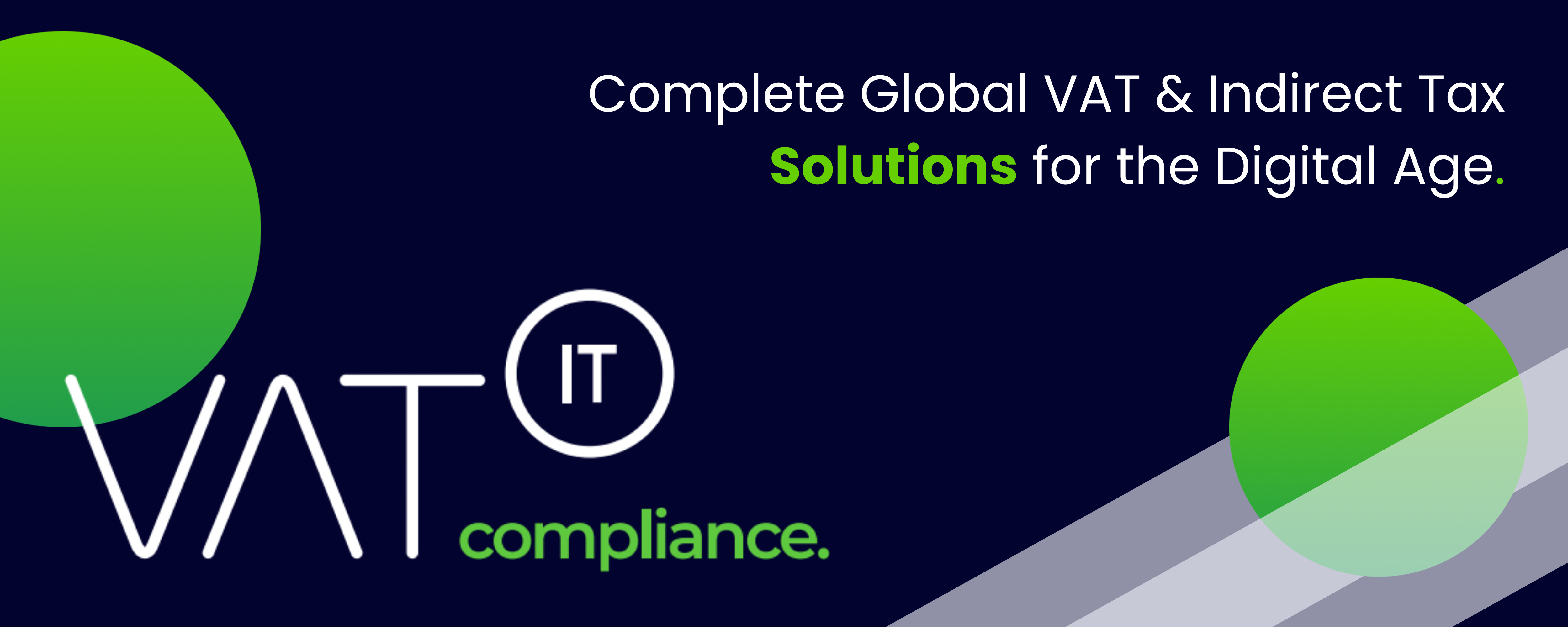- India is implementing a significant GST reform in 2025, consolidating tax slabs into two main categories: 5% and 18%.
- The reform aims to simplify the tax structure, reduce compliance complexity, and provide clarity for businesses.
- Initially, GST had four main slabs: 5%, 12%, 18%, and 28%, which often led to confusion and disputes.
- The 5% slab will cover everyday essentials, food items, and basic consumer goods.
- The 18% slab will be the standard rate for most goods and services.
- The 12% and 28% slabs will be phased out, except for a few goods that may still have a higher cess.
- Simplified compliance will reduce classification disputes and ambiguity during tax filing and reconciliation.
- Businesses will benefit from better transparency in pricing and reduced time spent on tax categorization.
- Automation will be crucial for managing Input Tax Credit as the 18% slab becomes more prevalent.
Source: taxilla.com
Note that this post was (partially) written with the help of AI. It is always useful to review the original source material, and where needed to obtain (local) advice from a specialist.
Latest Posts in "India"
- India announces changes in the Invoice Management System
- GST: India’s Grand Federal Bargain Becomes Imperfect Political Compromise After Eight Years
- GST 2.0 Boosts Bengal’s Economy with Rate Cuts on Local Goods and Industries
- Finance Minister Addresses GST Transition Concerns, Outlines Measures for Smooth Implementation
- Rajasthan HC Rules Principal-to-Principal Service Contracts as Export, Not Intermediary, Under GST














